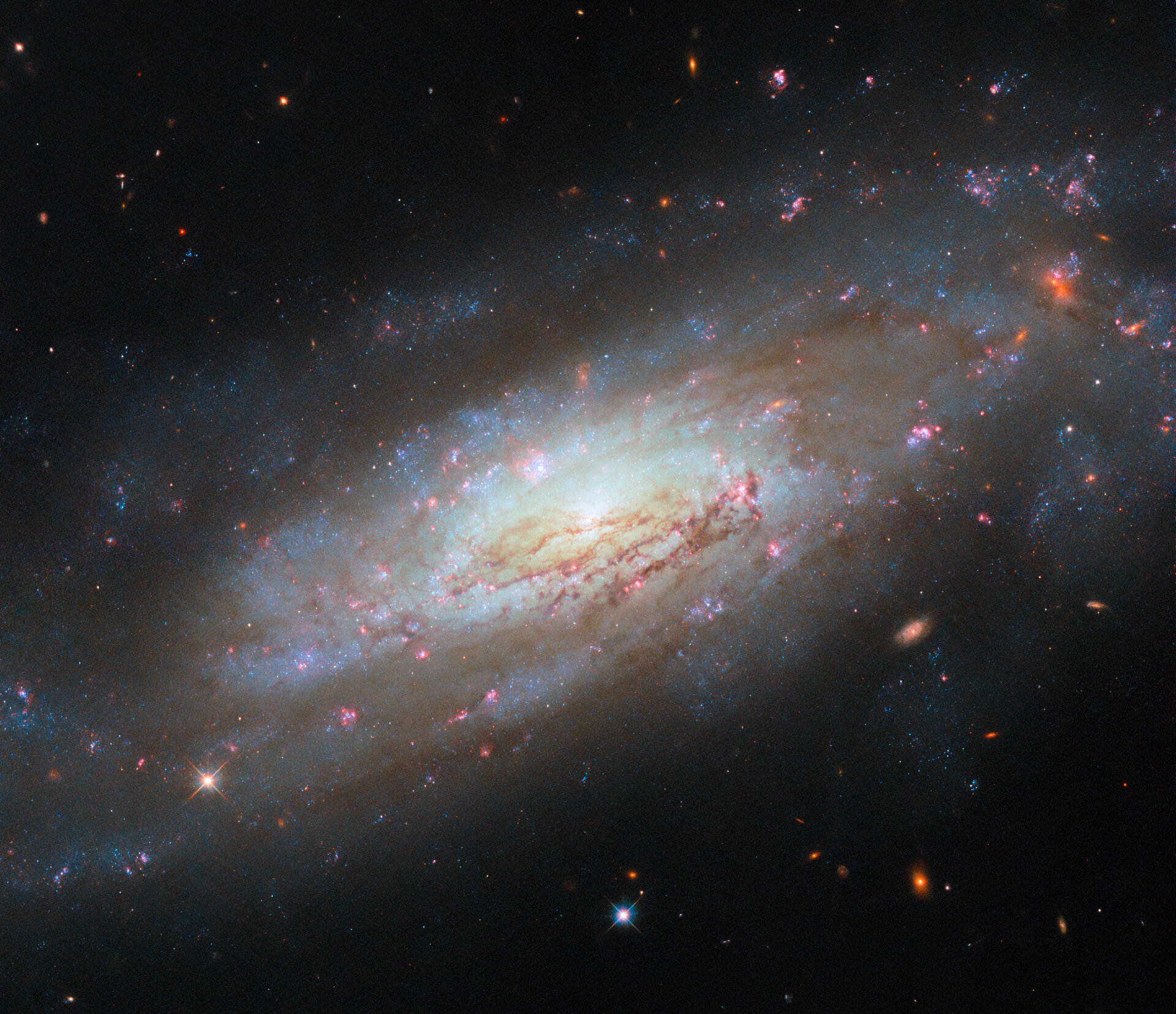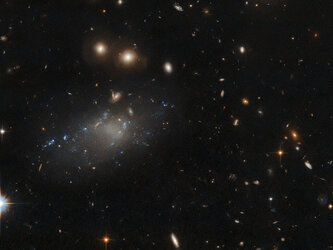Accept all cookies Accept only essential cookies See our Cookie Notice

About ESA
The European Space Agency (ESA) is Europe’s gateway to space. Its mission is to shape the development of Europe’s space capability and ensure that investment in space continues to deliver benefits to the citizens of Europe and the world.
Highlights
ESA - United space in Europe
This is ESA ESA facts Member States & Cooperating States Funding Director General Top management For Member State Delegations European vision European Space Policy ESA & EU Space Councils Responsibility & Sustainability Annual Report Calendar of meetings Corporate newsEstablishments & sites
ESA Headquarters ESA ESTEC ESA ESOC ESA ESRIN ESA EAC ESA ESAC Europe's Spaceport ESA ESEC ESA ECSAT Brussels Office Washington OfficeWorking with ESA
Business with ESA ESA Commercialisation Gateway Law at ESA Careers Cyber resilience at ESA IT at ESA Newsroom Partnerships Merchandising Licence Education Open Space Innovation Platform Integrity and Reporting Administrative Tribunal Health and SafetyMore about ESA
History ESA Historical Archives Exhibitions Publications Art & Culture ESA Merchandise Kids Diversity ESA Brand Centre ESA ChampionsSpace in Member States
Find out more about space activities in our 23 Member States, and understand how ESA works together with their national agencies, institutions and organisations.
Science & Exploration
Exploring our Solar System and unlocking the secrets of the Universe
Go to topicAstronauts
Missions
Juice Euclid Webb Solar Orbiter BepiColombo Gaia ExoMars Cheops Exoplanet missions More missionsActivities
International Space Station Orion service module Gateway Concordia Caves & Pangaea BenefitsLatest
Space Safety
Protecting life and infrastructure on Earth and in orbit
Go to topicAsteroids
Asteroids and Planetary Defence Asteroid danger explained Flyeye telescope: asteroid detection Hera mission: asteroid deflection Near-Earth Object Coordination CentreSpace junk
About space debris Space debris by the numbers Space Environment Report In space refuelling, refurbishing and removingSafety from space
Clean Space ecodesign Zero Debris Technologies Space for Earth Supporting Sustainable DevelopmentApplications
Using space to benefit citizens and meet future challenges on Earth
Go to topicObserving the Earth
Observing the Earth Future EO Copernicus Meteorology Space for our climate Satellite missionsCommercialisation
ESA Commercialisation Gateway Open Space Innovation Platform Business Incubation ESA Space SolutionsLatest
Enabling & Support
Making space accessible and developing the technologies for the future
Go to topicBuilding missions
Space Engineering and Technology Test centre Laboratories Concurrent Design Facility Preparing for the future Shaping the Future Discovery and Preparation Advanced Concepts TeamSpace transportation
Space Transportation Ariane Vega Space Rider Future space transportation Boost! Europe's Spaceport Launches from Europe's Spaceport from 2012Latest

A maelstrom of matter and energy
Thank you for liking
You have already liked this page, you can only like it once!
This Picture of the Week from the NASA/ESA Hubble Space Telescope depicts the galaxy NGC 4951, a spiral galaxy that’s located 49 million light-years from Earth in the constellation Virgo.
The data used to make this image were captured by Hubble as part of a programme to examine how matter and energy travel in nearby galaxies. Galaxies continuously undergo a cycle of star formation whereby the gas in a galaxy forms molecular clouds, which collapse to create new stars, which then disperse the clouds they formed from with powerful radiation or stellar winds in a process called feedback. The remaining gas is left to form new clouds elsewhere. This cycle of moving matter and energy determines how fast a galaxy forms stars and how quickly it burns through its supplies of gas — that is, how it evolves over the course of its life. Understanding this evolution depends on the nebulae, stars and star clusters in the galaxy: when they formed and their past behaviour. Hubble has always excelled at measuring populations of stars, and the task of tracking gas and star formation in galaxies including NGC 4951 is no exception.
NGC 4951 is also a Seyfert galaxy, a type of galaxy that has a very bright and energetic nucleus called an active galactic nucleus. This image demonstrates well how energetic the galaxy is, and some of the dynamic galactic activity which transports matter and energy throughout it: a shining core surrounded by swirling arms, glowing pink star-forming regions, and thick dust.
[Image Description: A spiral galaxy, tilted diagonally. It has thick, cloudy spiral arms wrapping around the core. They are filled with pink patches marking new star formation, young blue stars, and dark wisps of dust that block light. The galaxy glows brightly from its core. It is on a dark background, with a few distant galaxies and unrelated stars around it.]
-
CREDIT
ESA/Hubble & NASA, D. Thilker, M. Zamani (ESA/Hubble) -
LICENCE
CC BY 4.0 INT or ESA Standard Licence
(content can be used under either licence)

The lights of a galactic bar

Dark matter in the belly of the whale

Assembling the largest galaxies

Hubble spies a tenuous diffuse galaxy















 Germany
Germany
 Austria
Austria
 Belgium
Belgium
 Denmark
Denmark
 Spain
Spain
 Estonia
Estonia
 Finland
Finland
 France
France
 Greece
Greece
 Hungary
Hungary
 Ireland
Ireland
 Italy
Italy
 Luxembourg
Luxembourg
 Norway
Norway
 The Netherlands
The Netherlands
 Poland
Poland
 Portugal
Portugal
 Czechia
Czechia
 Romania
Romania
 United Kingdom
United Kingdom
 Slovenia
Slovenia
 Sweden
Sweden
 Switzerland
Switzerland
























